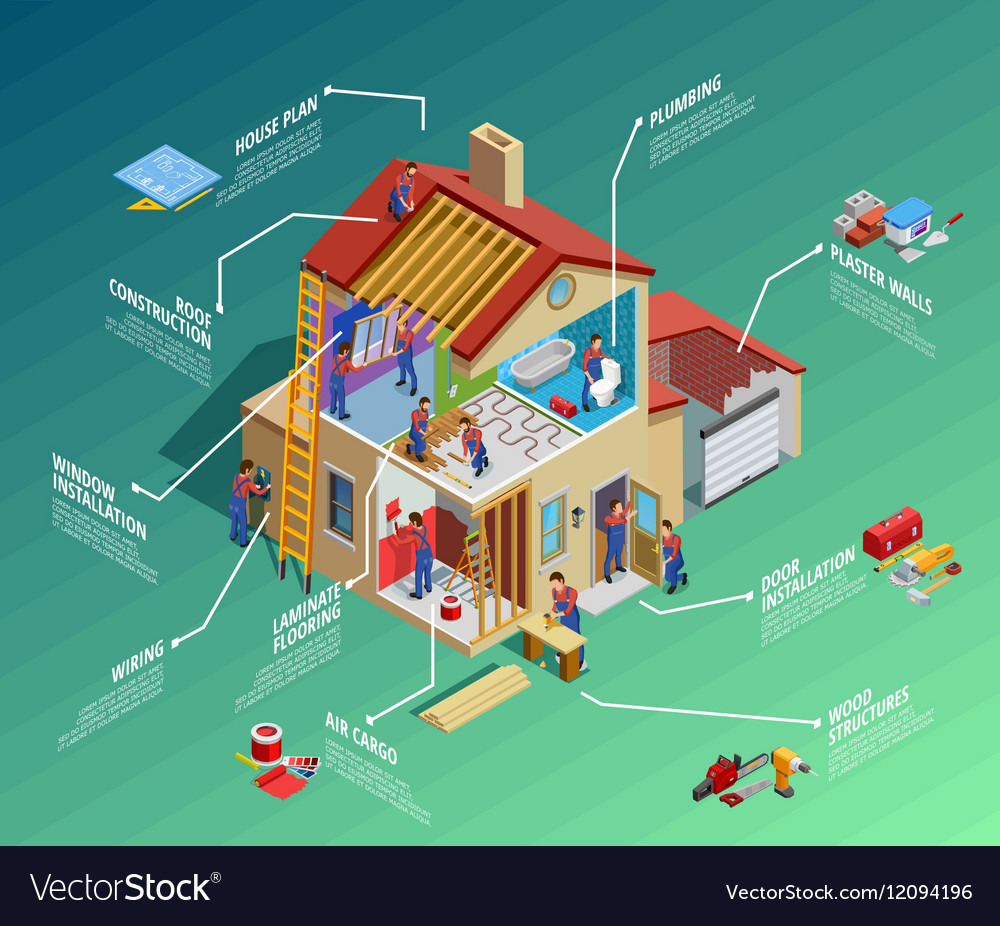Exactly How To Budget For Your Flooring Task: A Practical Overview
Exactly How To Budget For Your Flooring Task: A Practical Overview
Blog Article
Write-Up Created By-Proctor Carlson
When you're planning a flooring task, budgeting isn't almost picking a number; it's about recognizing what you absolutely need and the costs included. You'll wish to examine your particular requirements, study different materials, and prepare for unforeseen expenditures. Think about just how professional epoxy garage floor like room purpose and installment techniques can influence your budget plan. Yet prior to you enter, there are some critical details you may overlook that can substantially affect your overall expenses. Let's check out how to navigate these intricacies and ensure your job remains on track.
Assessing Your Flooring Demands
Before diving right into your floor covering project, it's essential to evaluate your floor covering needs. Start by considering the particular areas where you plan to set up brand-new flooring. Think about the objective of each room. As an example, bathroom and kitchens require waterproof materials, while living areas could gain from comfort and looks.
Next off, evaluate the existing conditions of your floorings. Are there any structural issues, such as unequal surfaces or moisture problems? Dealing with these issues early can conserve you money and time down the line.
Also, keep in Read Much more of the measurements of each space to determine just how much flooring you'll require.
Don't forget to consider your way of life. If you have animals or young children, sturdiness might be your leading priority, while a more official room might ask for an extravagant finish. Additionally, consider your layout choices. Do you favor a classic appearance, or are you attracted to contemporary designs?
Finally, be realistic about just how much upkeep you're willing to devote to. Some products need even more maintenance than others. By recognizing your requirements clearly, you'll be much better furnished to make educated options as you move forward with your flooring job.
Estimating Prices and Materials
Approximating prices and materials is a crucial step in your floor covering project that can significantly influence your general spending plan. Begin by measuring your room accurately to establish just how much flooring you'll need. For the majority of products, you'll locate pricing by square foot, so accumulate quotes from different suppliers to get a practical figure.
Next off, take into consideration the kind of flooring you desire. Options like hardwood, laminate, floor tile, or rug all come with different rate factors. Study the expenses for each and consider any type of added materials like underlayment, sticky, or shift strips.
Don't forget to include devices if you're planning a DIY installment, as leasing or buying equipment can include in your expenditures.
Labor prices are another vital factor to consider. If you're hiring professionals, obtain quotes from several contractors to ensure you're getting a reasonable cost. Be clear regarding the scope of job to avoid unexpected fees later on.
Last but not least, it's a good idea to set aside a little percent of your allocate any type of unanticipated prices associated with materials. By completely estimating your expenses and products in advance, you'll establish on your own up for a smoother and extra workable flooring job.
Preparation for Hidden Costs
Numerous house owners neglect the hidden costs that can develop during a flooring project, which can result in spending plan overruns. To avoid this, you need to prepare for possible additional prices.
First, consider the problem of your existing subfloor. If it's damaged or irregular, you'll likely need fixings or leveling, which can include substantially to your general expense.
Next, think of removal and disposal charges for your old flooring. Several service providers charge added for this service, so aspect that into your budget.
Furthermore, hop over to here forget about the prices of underlayment, which might not be consisted of in the preliminary quote however are necessary for an effective installation.
You should additionally prepare for unexpected difficulties, such as plumbing or electrical work if your floor covering project entails moving fixtures. It's important to allot a minimum of 10-15% of your overall budget for these unforeseen expenses.
Lastly, bear in mind that permits might be required for sure setups. Always check local laws to stay clear of fines or delays.
Final thought
To conclude, budgeting for your floor covering project is vital for an effective result. By assessing your requirements, approximating prices, and planning for surprise expenditures, you'll stay clear of surprises and remain on track. Keep in mind to set aside a section of your budget for unanticipated expenses and maintain a detailed break down of your expenditures. With mindful planning and consideration, you'll produce a stunning space that meets your requirements without breaking the bank. Happy floor covering!
